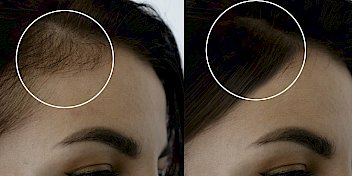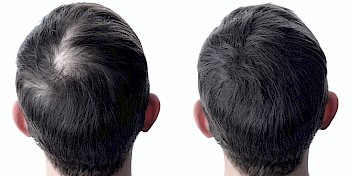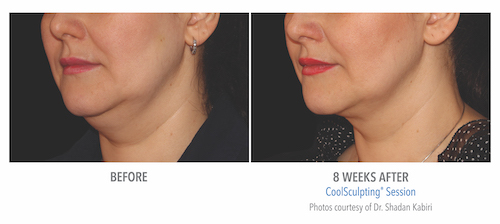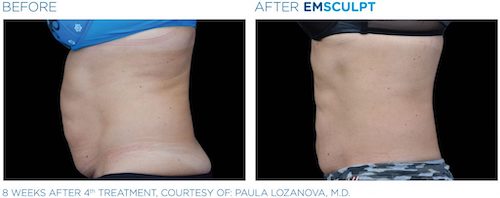About Melasma
What is it?
Melasma is the development of gray or brown patches on the skin, usually in areas that are regularly exposed to the sun. Although this includes your arms and neck, it is more common on the face, especially the cheeks, chin, forehead, bridge of the nose, and under the eyes. Melasma usually develops symmetrically, meaning that the blotches of discoloration are even on either side of the face. As the condition commonly develops during pregnancy, it’s often referred to as the “mask of pregnancy”. Additionally, it’s estimated that as much as 90 percent of all melasma cases occur in women.
What causes it?
Researchers and dermatologists have varying ideas about the causes of melasma, but there is no clear consensus. However, there are risk factors that could make you more susceptible to these conditions, some of which include the following: sun (UV) exposure, genetics, hormones (e.g., such as during pregnancy), stress, irregular thyroid function, and certain cosmetics and skin care products. Ethnicity is thought to play a major role, as well. If you’re lighter-skinned, you’re less susceptible than individuals with darker skin. If you’re of the following ethnicities, you may be more susceptible to melasma: African/African-American, Middle Eastern, Mediterranean, Indian, Asian, Latin American, or Hispanic.
Common treatments
We have effective treatments tailored to your needs and goals, and you’ll always be a part of the decision-making process. We’ll be with you every step of the way, addressing your concerns and providing compassionate support. When it comes to melasma treatment, there are a variety of effective methods utilized by our expert dermatologists. Some of these treatments include topical creams or ointments, dermabrasion, microdermabrasion, and chemical peels.
Providers
Our approach & expertise
We know that patches of skin discoloration, especially a condition called melasma, can be troublesome to both your appearance and self-esteem. As your knowledgeable community skin specialists, we’re here to help you manage this condition. If you suffer from melasma, you can turn to us for support in managing this issue, and we’ll be with you every step of the way, addressing your concerns and providing compassionate support.













